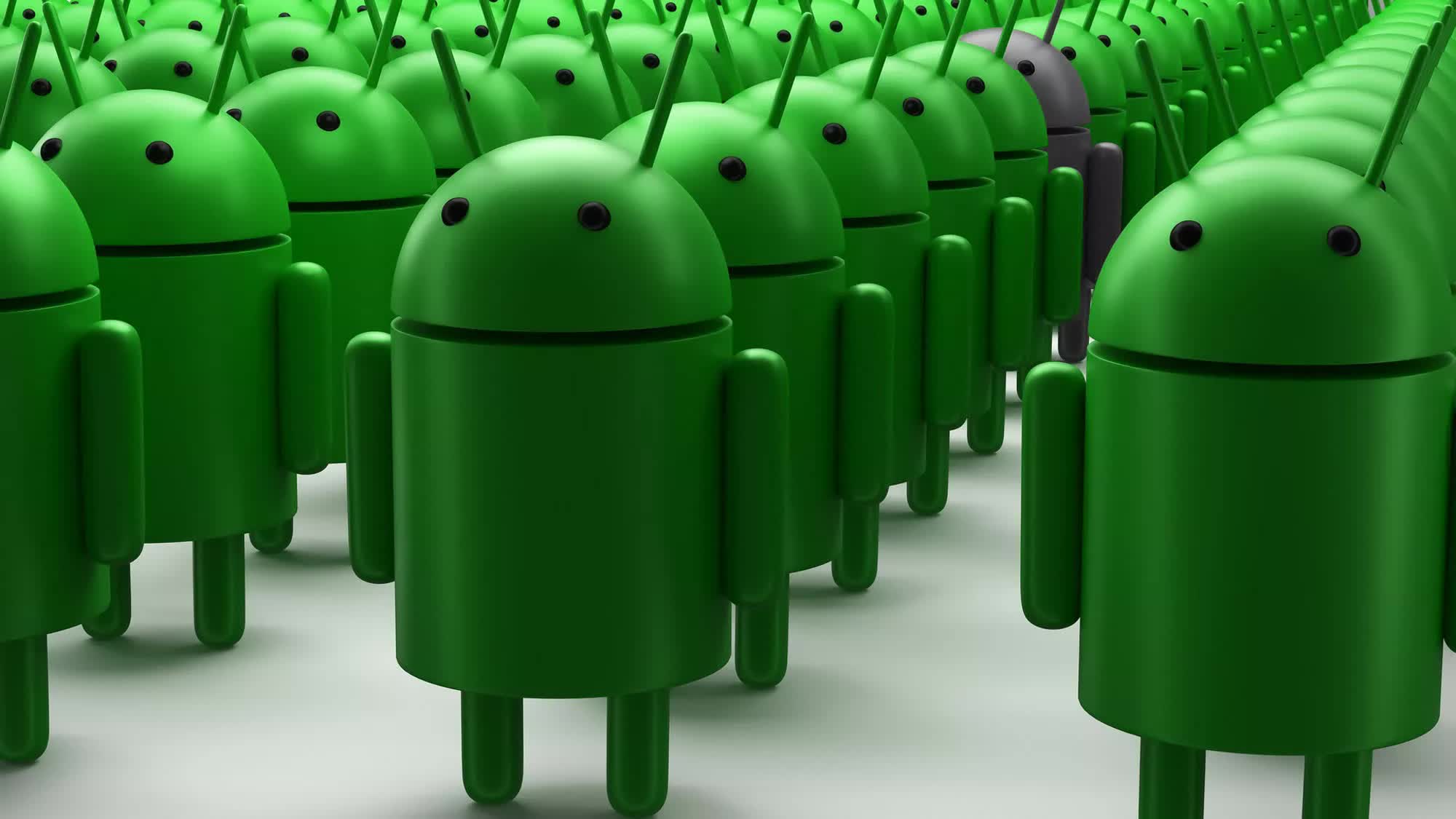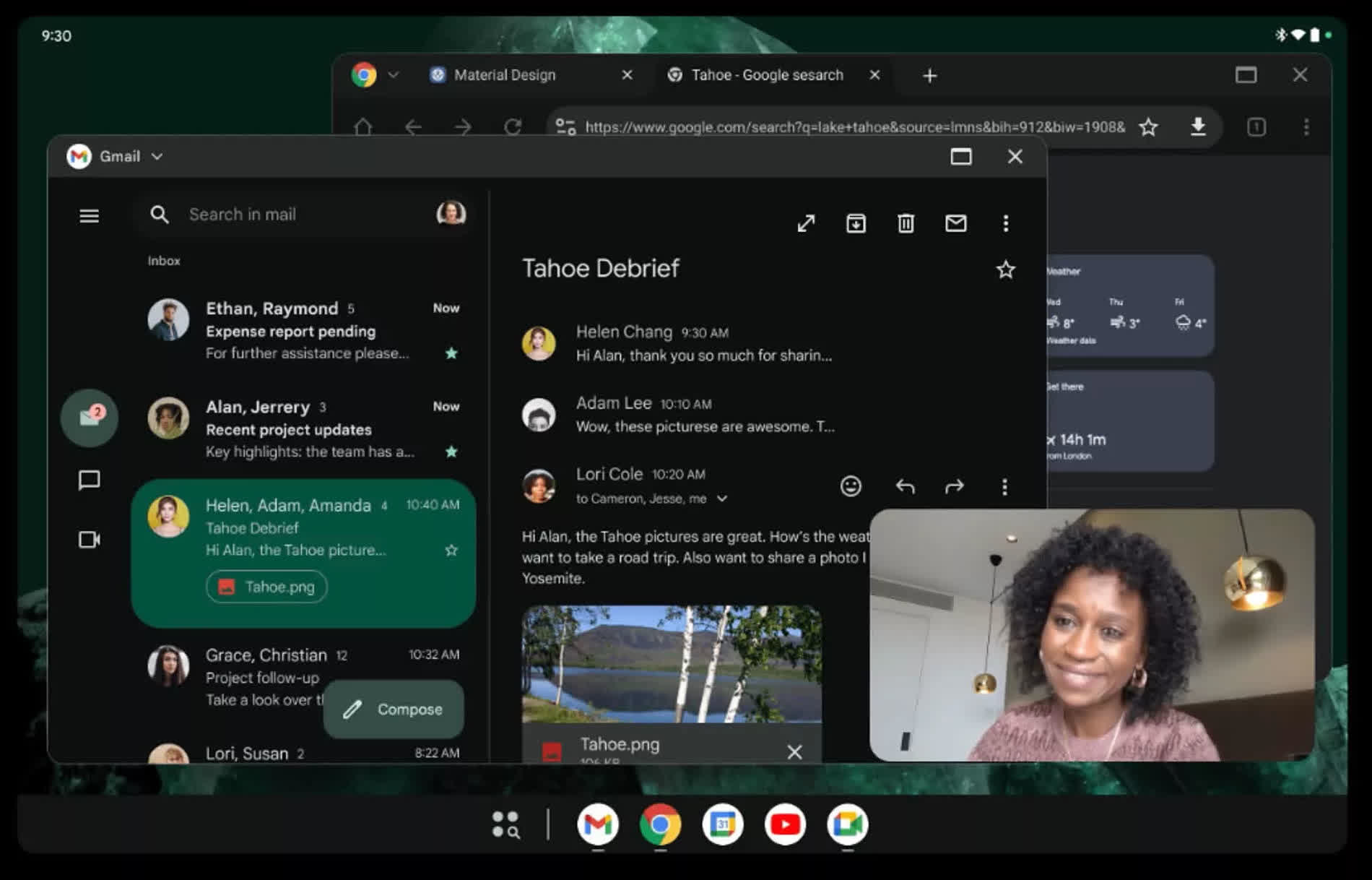The big picture: ChromeOS and Android have traditionally served two distinct customer bases, but that is about to change and sooner than many expect. The big "OS merger" in Mountain View is underway, though we still lack critical details about what will come out of this potentially messy process.
In a recent interview, Sameer Samat, President of the Android Ecosystem, revealed that ChromeOS and Android are officially merging into a single platform. In truth, Google has been gradually blending the two operating environments for years. Stating that the merger is finally happening simply confirms what many in the industry have long suspected and speculated about.
Interestingly, this announcement came during a wide-ranging conversation about the future of Android, Gemini, and related topics. During the interview, Samat noticed TechRadar Editor Lance Ulanoff using a MacBook Pro and asked what apps he was using to manage Apple devices, among other tasks.
"I asked because we're going to be combining ChromeOS and Android into a single platform, and I am very interested in how people are using their laptops these days and what they're getting done," Samat said.
Google began developing ChromeOS in 2009 as part of the open-source ChromiumOS project, which uses the Chrome web browser as its primary user interface. The system has primarily been adopted by OEMs creating Chromebooks, typically designed for an always-online experience with limited app compatibility and customization options.
Needless to say, Google's priorities have shifted and the company is seen betting everything on AI along with the other Big Tech players. While the company has made substantial efforts to innovate Android in recent years, the ChromeOS platform has remained relatively stagnant. Android keeps thriving to an extent, and this is likely why Samat is now talking about Android absorbing ChromeOS.
ChromeOS was designed for web-based, multi-window environments on large-screen devices, whereas Android has primarily served smartphones, tablets, and single-window apps. Nevertheless, Google has been actively working to bring a multi-window, large-screen computing experience to Android as well.
Android 16 now includes a much-improved desktop mode that allows multiple apps to be used on external displays. Meanwhile, ChromeOS is increasingly incorporating Android technologies to support the latest mobile features. At this point, merging the two systems seems almost inevitable, even though the process is far more complex than it might appear.
Chromebooks have traditionally been built on x86 processor architecture, especially in higher-end models using Intel and AMD chips. Android devices, by contrast, are predominantly powered by Arm-based processors, which remain the standard for smartphones and tablets.
Unifying these two computing platforms could prove challenging, depending on whether Google plans to merge them in future devices only or bring backward compatibility. For a glimpse of how difficult that might be, just go ask Microsoft and their decade-long attempt to make Windows a fully Arm-compatible ecosystem.


